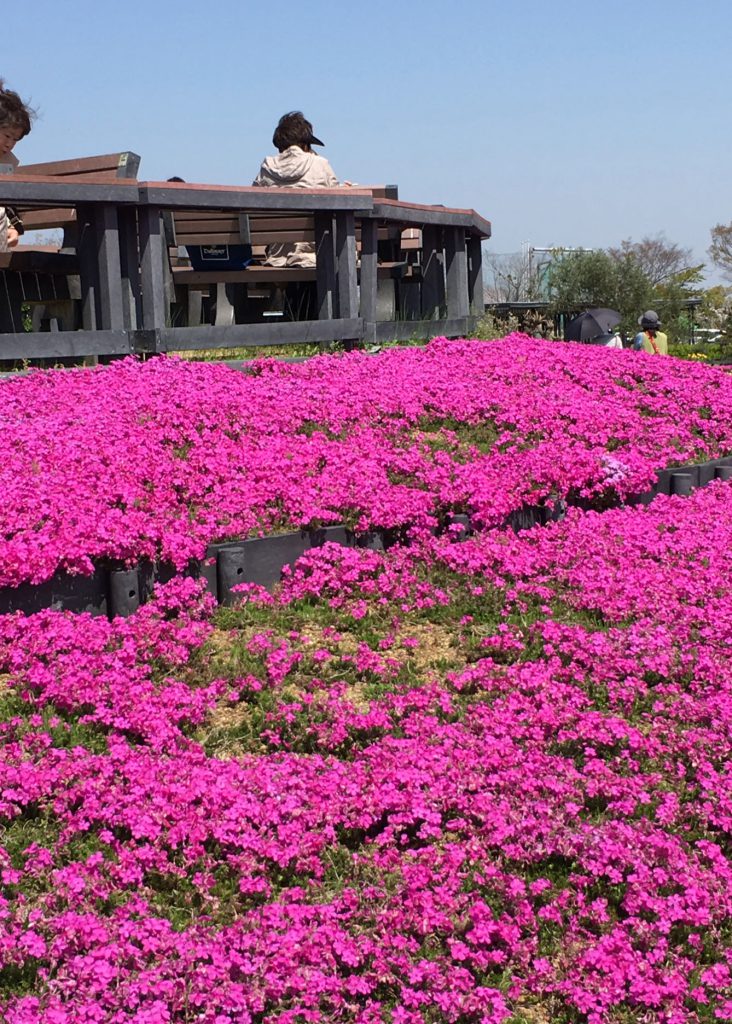
Full-scale cultivation of primroses began in the middle of the Edo period. The seeds of primroses that were wild in the wilderness of Arakawa were brought back and sowed repeatedly, and gradually spread. It became widespread in earnest in the late Edo period. Around this time, various flower cultivations became popular among the common people, which surprised foreigners who came to Japan. This is because there was no custom for ordinary people to appreciate flowers in foreign countries. At first, there were many samurai classes such as Hatamoto and Gokenin in the cultivation of primroses, so it temporarily went down during the Meiji Restoration. But it has begun to spread again to the general public, and now there are large-scale primrose gardens all over Japan. Of the approximately 300 varieties currently cultivated, half of them have been handed down by strain since the Edo period, and their flowers are characterized by various flower types and delicate flower colors, and have spread to various parts of the world along with cherry blossoms.
サクラソウの本格的な栽培が始まったのは江戸時代の中頃です。荒川の原野に野生するサクラソウの種を持ち帰って種蒔きを繰り返す内に徐々に広がりました。本格的に広まったのは江戸時代後期です。この頃には広く庶民の間にも様々な花栽培が流行し、日本にやって来た外国人達を驚かせました。外国では庶民が花を鑑賞するという習慣がなかったからです。サクラソウの栽培も、当初は旗本や御家人など武士階級が多かったので、明治維新頃には一時下火になりましたが、一般庶民に広がる内再び流行し始め、今や大がかりなサクラソウ園が日本各地に存在するといった具合です。現在栽培される約300品種のうち、その半数が江戸時代から株分けで伝えられたもので、その花は多様な花型と繊細な花色が特徴で、サクラとともに外国各地にも広がっています。
